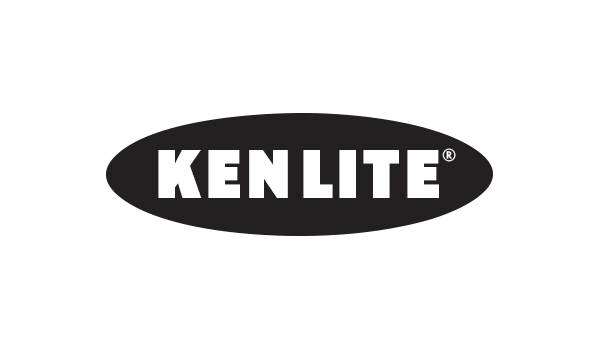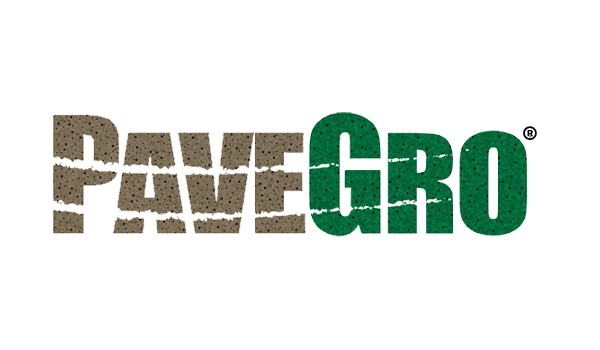Ask our Expert: Internal Curing of Concrete
Internal curing is an innovative approach that provides concrete with much-needed internal water, helping prevent early age shrinkage and enhancing cement hydration. With extensive expertise in lightweight aggregates, Clint Chapman explains the mechanics, benefits, and applications of internal curing, sharing insights into how this process can enhance concrete durability and performance.
Understanding Internal Curing
How does Internal Curing work?
ANSWER: Internal curing is fairly straightforward. Lightweight aggregates are highly absorptive, holding significant water. Once concrete takes its initial set, this water gradually releases from the aggregate, hydrating the cement and curing the concrete from within.
Lightweight fines are preferred over coarse aggregates for internal curing as they disperse more evenly within the matrix, allowing water to reach the paste more effectively.
The capillary voids in the paste structure are slightly larger than those in the aggregate particles holding the curing water. This size difference creates a vacuum that draws water out of the lightweight fines, filling capillary voids on demand when the concrete needs curing water.
What are the benefits of Internal Curing?
ANSWER: The main benefit of internal curing is reduced shrinkage, as it addresses chemical, drying, and plastic shrinkage. Reducing these forces significantly decreases the likelihood of cracking in the concrete.
Additionally, internal curing enhances strength and durability by creating a denser paste structure, which decreases permeability. Lower permeability reduces the risk of harmful substances infiltrating and damaging the reinforcing steel, improving long-term durability.
Where has internal curing been used?
ANSWER: Internal curing has been widely adopted in bridge decks, with the New York DOT requiring it for all bridge decks.
Denver Water has also utilized internal curing extensively in water tanks, significantly reducing leaks. In many cases, they’ve observed a complete elimination of leaks.
What are some good applications for internal curing?
ANSWER: Beyond bridge decks, mainline paving is an ideal application for internal curing, as it reduces cracking and minimizes curling and warping.
Water-tight structures, including sewage treatment facilities, hazardous waste containments, and water tanks, benefit greatly from internal curing. It’s also effective for high-strength concretes with low water-cement ratios, which are more prone to cracking, and in severe environments or mixes with supplementary cementitious materials.
In short, any application where concrete longevity is critical is a good candidate for internal curing.













